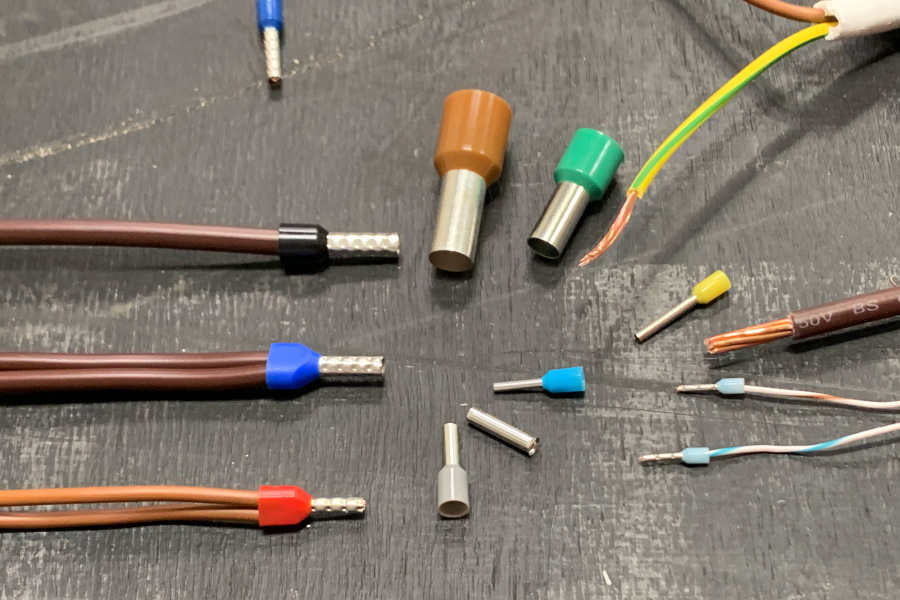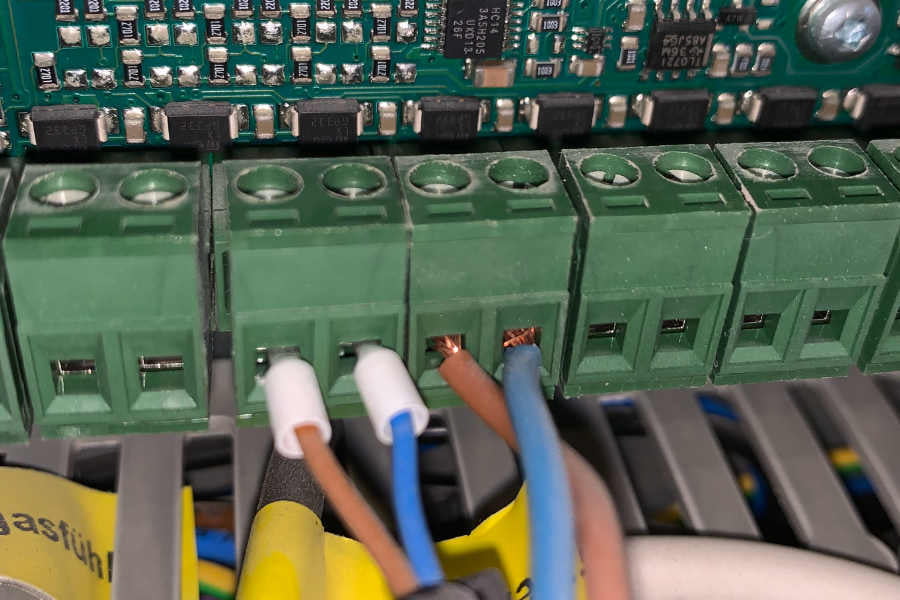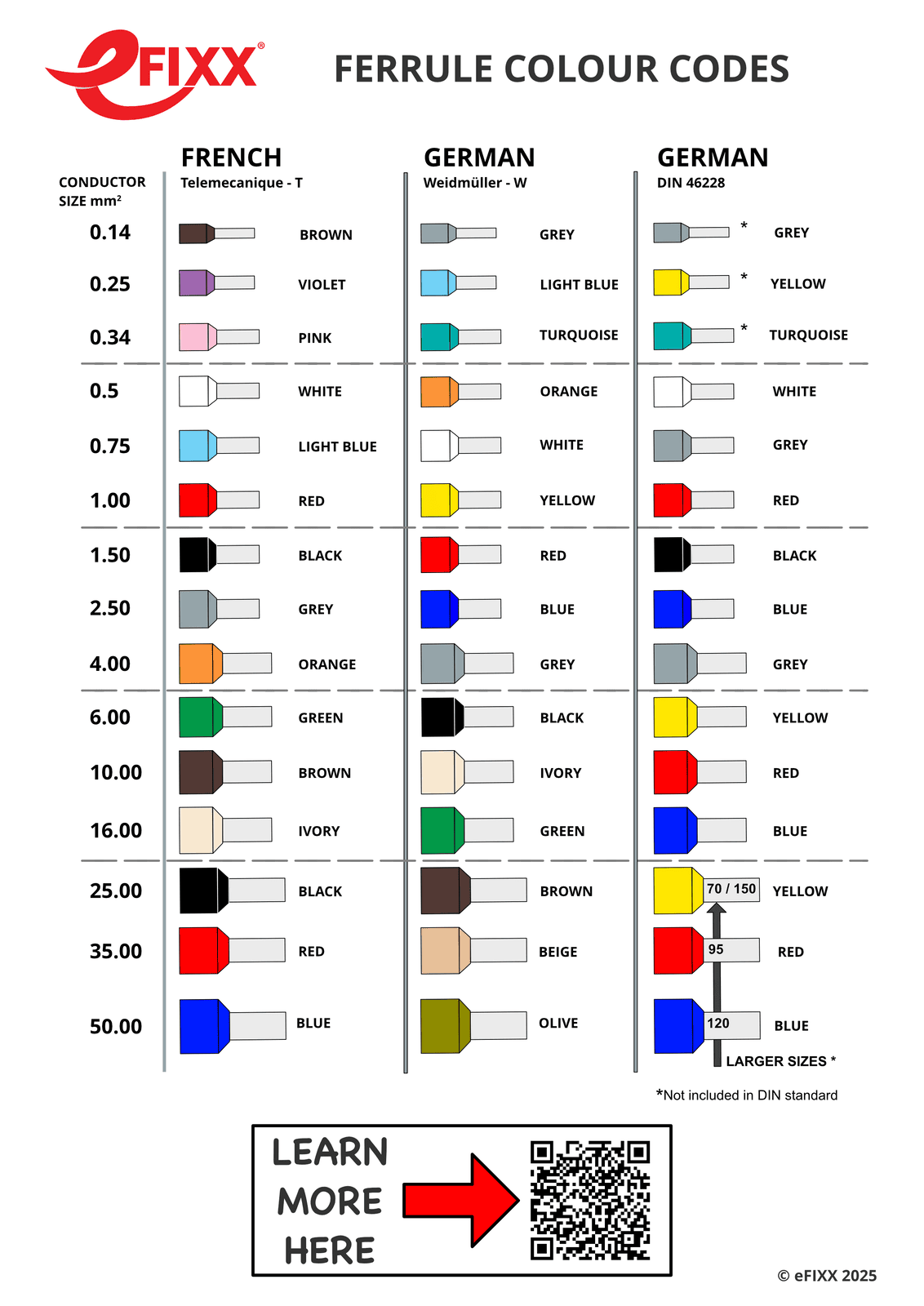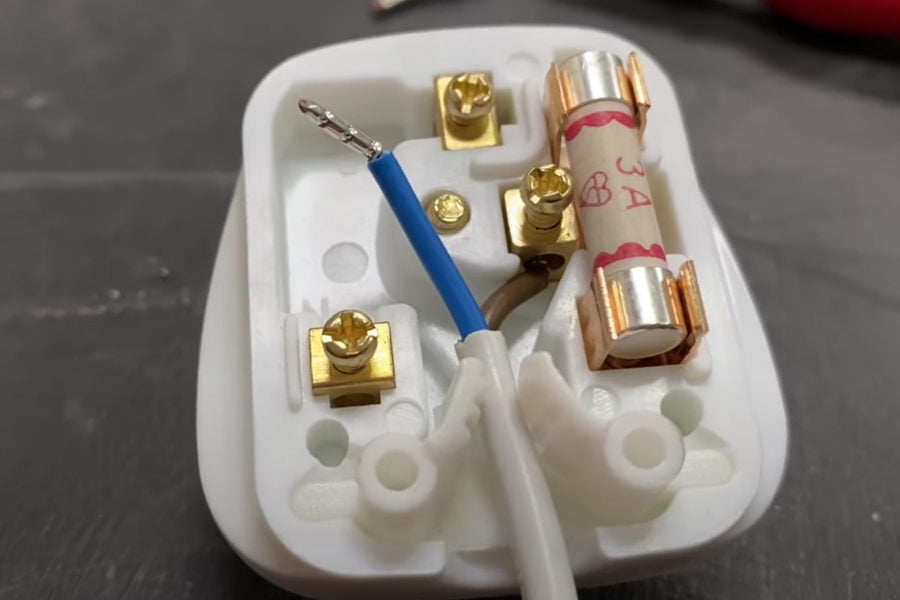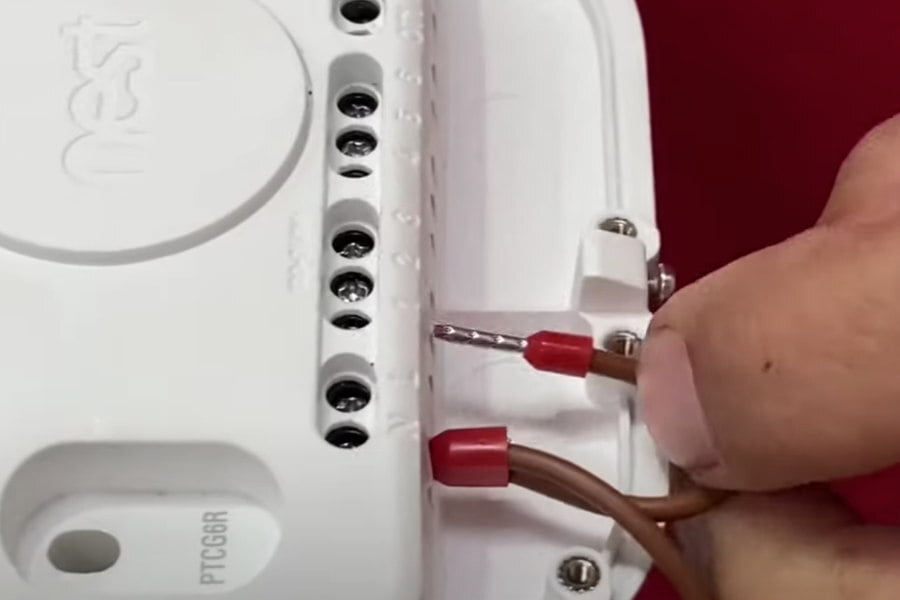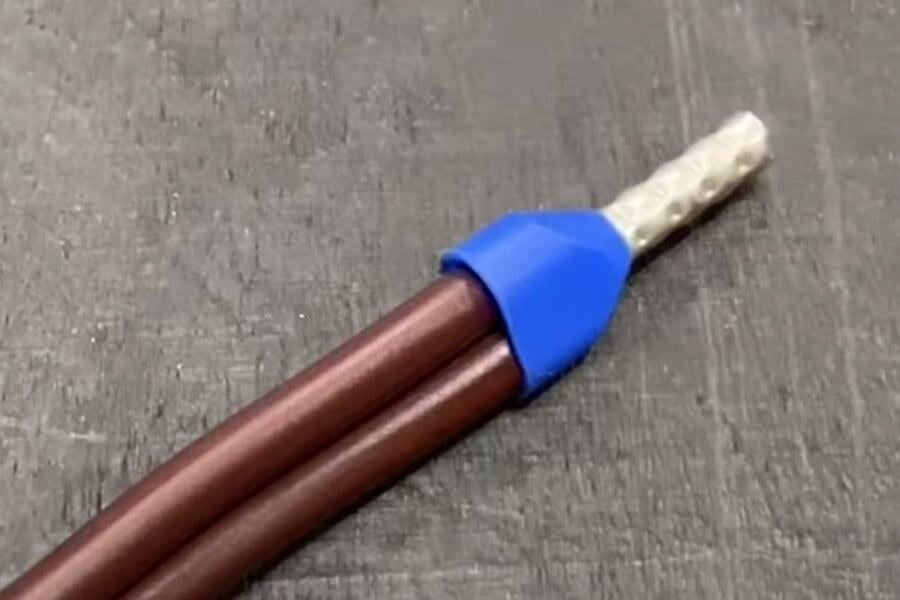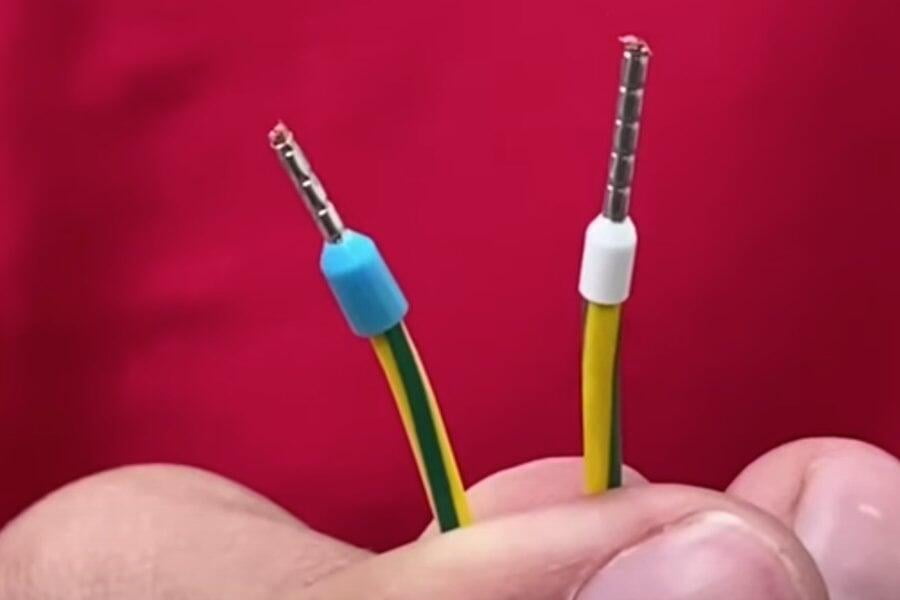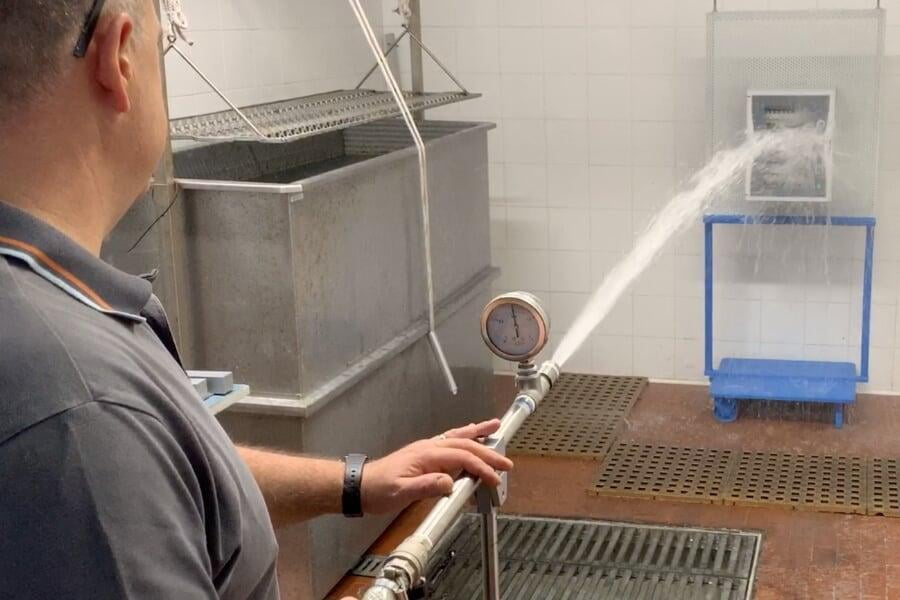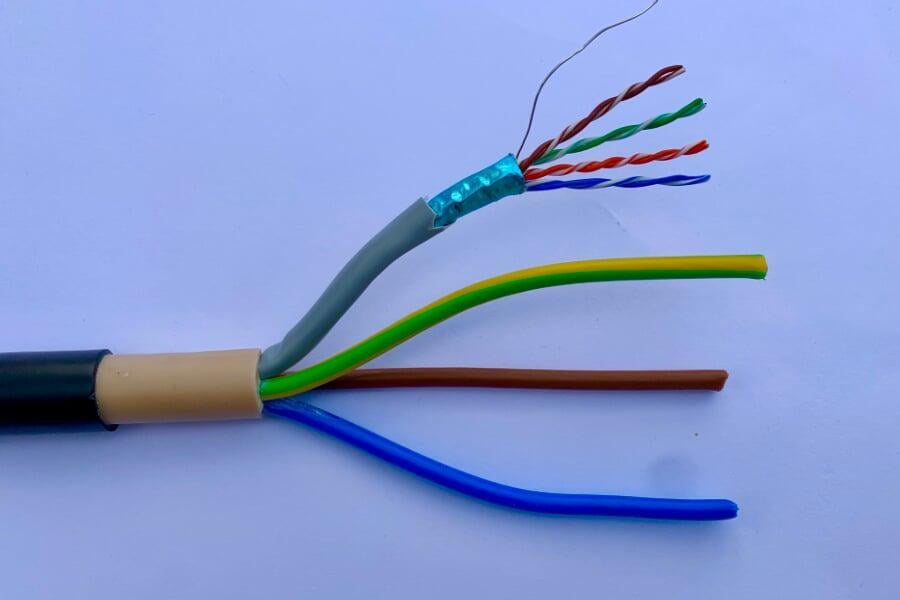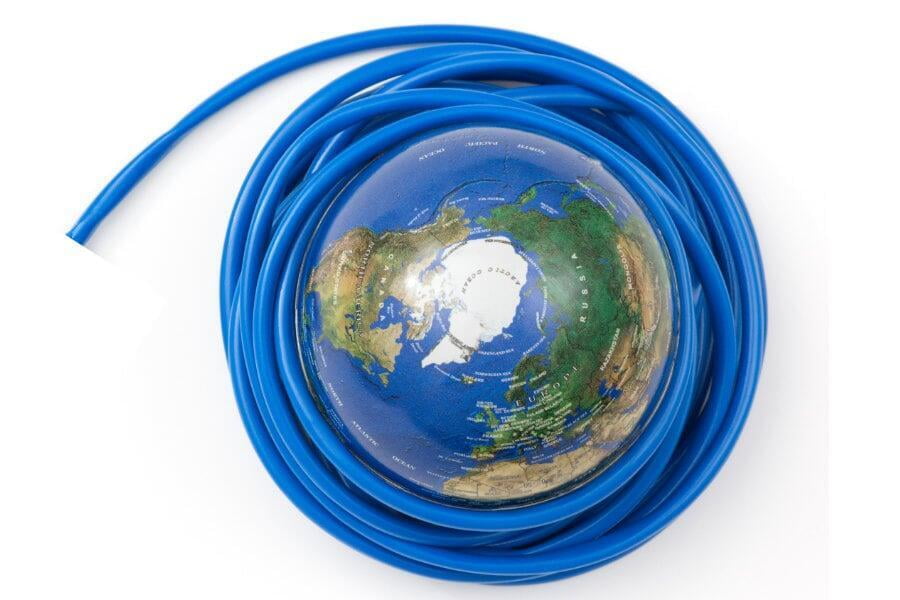Know how - Bootlace Ferrules
by Gordon Routledge
Sunday 10th May 2020
SHARE IT
Why use ferrules?
A ferrule is a tinned copper sleeve which captures the individual strands of a stranded wire. By adding a ferrule to a wire termination, you are essentially giving a stranded conductor the properties of a solid conductor and therefore enabling a more reliable electrical connection. An alternative to using ferrules would be tinning wires with solder. However, the soldering process can damage wire insulation, and is a risky process to perform on-site or alongside other electrical assemblies
The Ultimate Guide To Ferrules
Ferrule colour codes
VIDEO - Ferrule colour codes
Ferrule types
VIDEO - Ferrule types,tips and where to use them
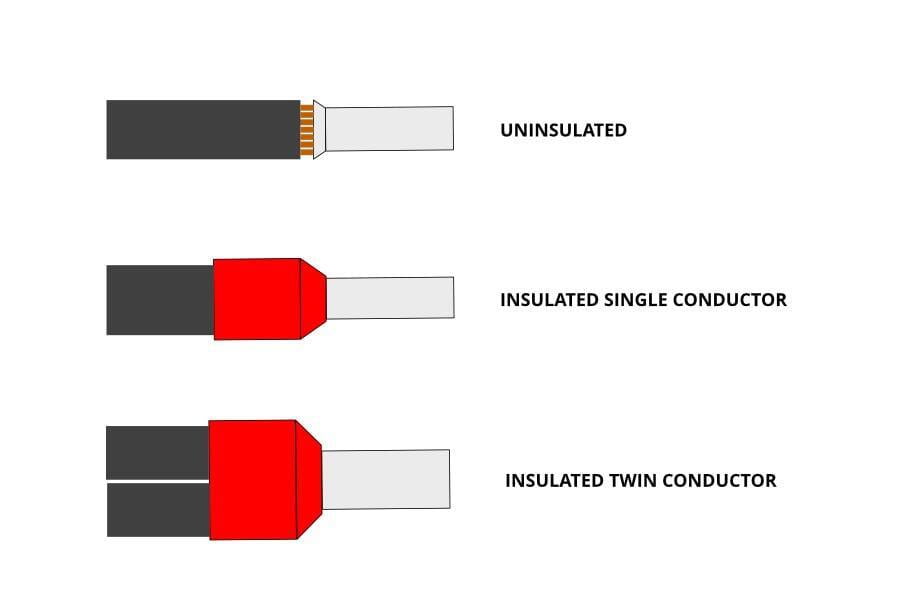
Uninsulated ferrules
Twin wire ferrules
2.5mm2 insulated ferrules are available with 8, 10, 12 or 18mm pins
Ferrule pin lengths
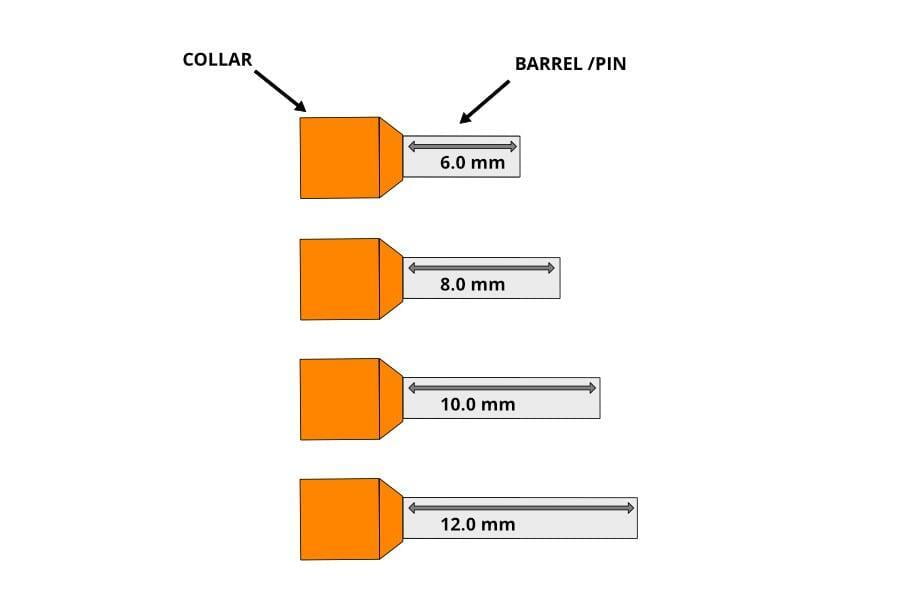
Knipex ferrule starter kits (advertisement)
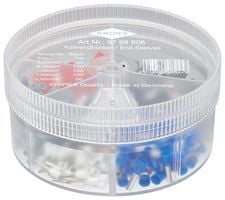
Ferrule starter kit
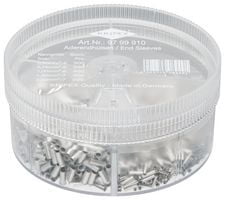
Uninsulated Ferrule starter kit
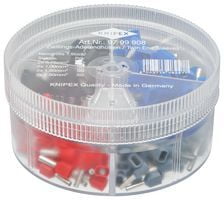
Twin ferrule starter kit
Wiha ratchet crimp tool (advertisement)
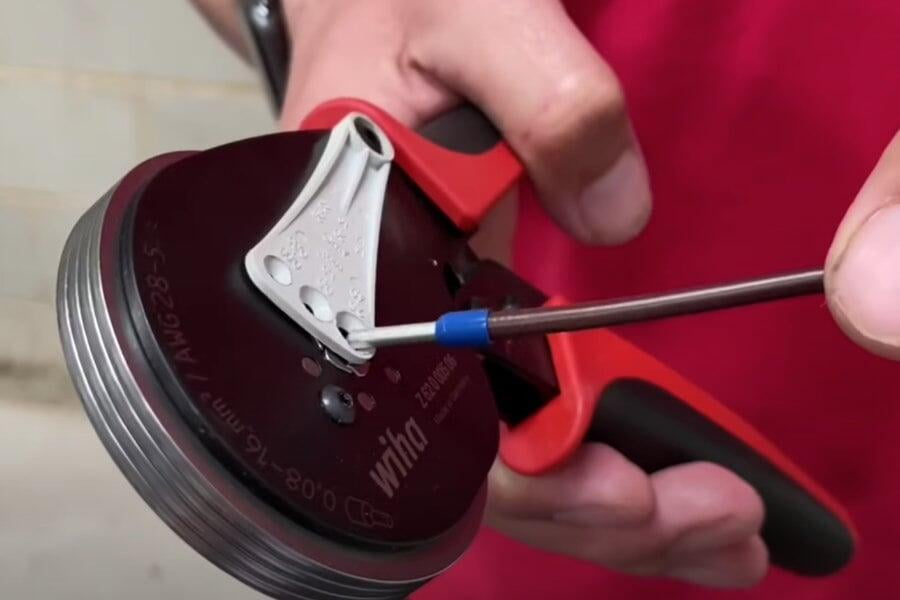
Wiha ferrule crimp tool used in our videos. Chosen for its wide range of conductor sizes 0.08 - 16mm2 and hexagonal crimp die.
Wiha Z62000506SB
SHARE IT
Got a question about this ferrules?
